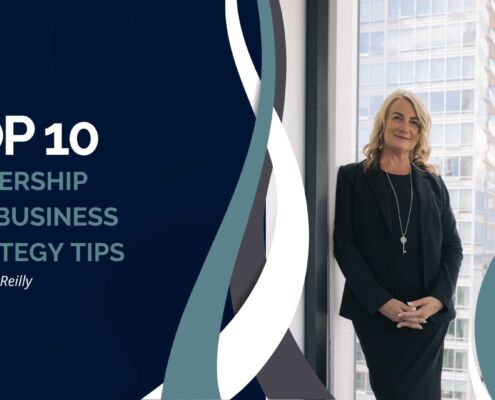Posts

The Leadership Advantage: How Town Halls Strengthen Teams & Trust
Why Town Halls Matter
A town hall isn’t just a meeting—it’s…

Evolving Leadership: From Leader-Follower to Leader-Leader Model
Evolving Leadership: From Leader-Follower to Leader-Leader Model
In…

Forging Ahead: Reflecting on 2023, Embracing 2024
Let’s start by reviewing our past year’s wins and challenges.
PROFESSIONAL…

Professional Development In Team Meetings: Twelve Months Of Topics To Cultive Team Success
In the spirit of growth and development, I've prepared a roadmap…

Top 10 Leadership and Business Strategy Tips
Here are my top 10 leadership and business strategy tips that…

